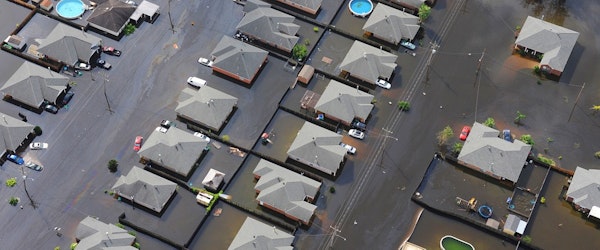
AI Weather Models Bring Hyper-Local Flood Forecasting to Insurance Industry
Monday, April 14th, 2025 Catastrophe Property Risk Management TechnologyAs climate change intensifies severe weather patterns, insurance companies are turning to artificial intelligence (AI) to generate faster and more precise flood forecasts. Traditional weather models, often run by public agencies, rely on supercomputers and physics-based equations to predict broad weather patterns. But the increasing frequency of localized floods is pushing the industry toward cost-effective, hyper-local forecasting powered by AI.
One of the companies leading this innovation is Stellerus, a weather tech startup from Hong Kong. Using machine learning, Stellerus creates flood forecasts for every street in Hong Kong within minutes, allowing real-time updates and advanced warning systems. Partnering with Taiping Reinsurance, Stellerus is helping the insurer send targeted alerts to policyholders — such as notifying car owners to move vehicles before specific garages flood. This marks the first time the reinsurer is developing high-resolution flood modeling capabilities in-house.
Beyond Hong Kong, the use of AI-driven forecasting is spreading globally. Tech companies like Nvidia are working with Taiwan’s government to improve weather models by enhancing coarse global data with machine learning. Meanwhile, European weather agencies are adopting their own AI models, while private firms like Meteomatics are combining AI enhancements with traditional physics-based models for ultra-high-resolution forecasts.
While AI models offer faster and more localized predictions, experts caution that they still depend on large datasets maintained by public agencies. The future of weather forecasting appears to lie in a hybrid model, with governments providing robust data infrastructure while private companies leverage AI to create specialized tools for businesses — especially insurers seeking to minimize losses from extreme weather.





